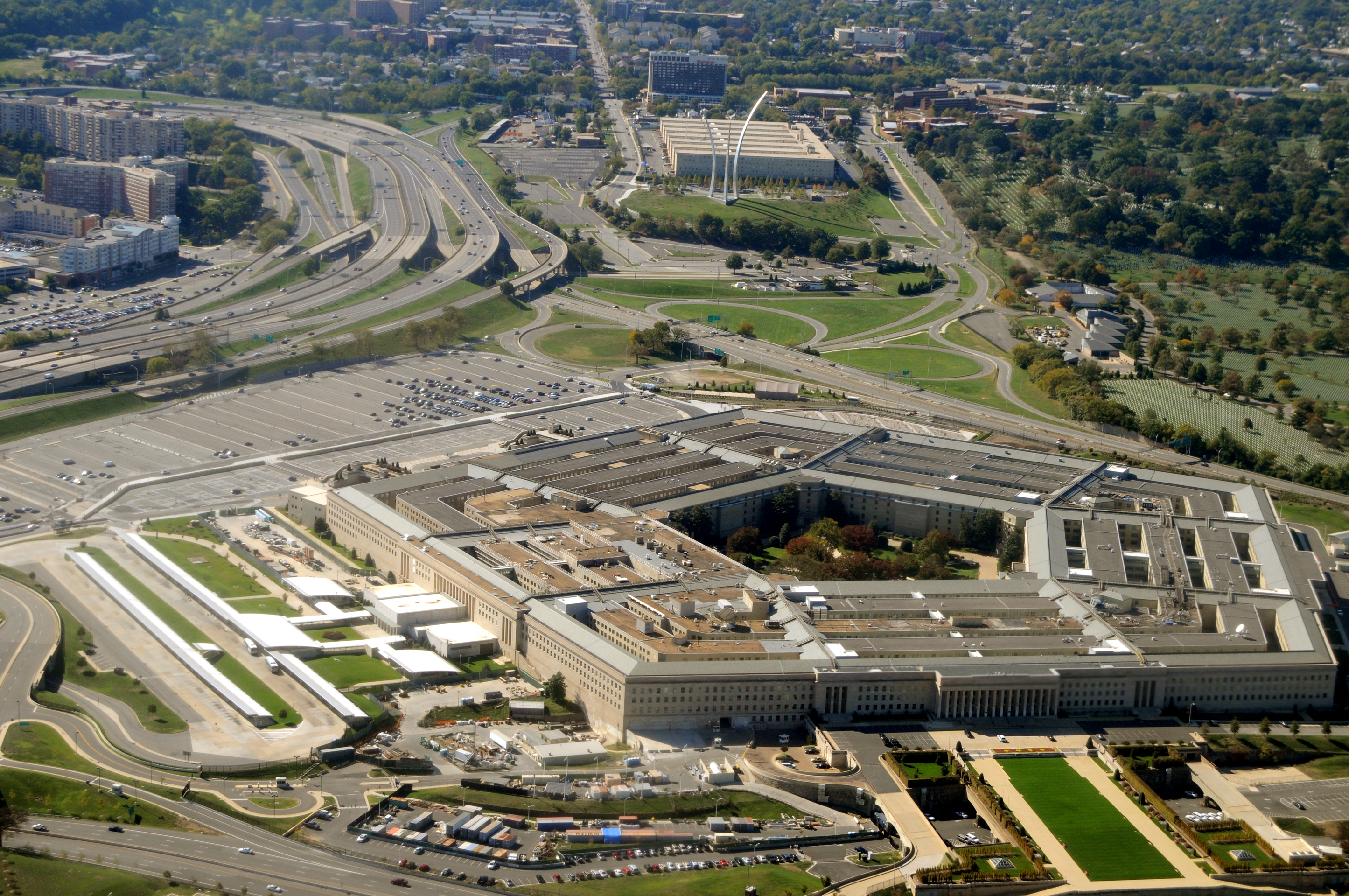The United States Department of Defense (DoD) relies on specialized communication networks to manage the flow of information across various security levels. Two primary networks in this infrastructure are the Secret Internet Protocol Router Network (SIPRNet) and the Non-classified Internet Protocol Router Network (NIPRNet). Each serves distinct purposes and operates under different security protocols.
Overview of SIPRNet and NIPRNet
Both SIPRNet and NIPRNet are integral to the DoD’s communication strategy, facilitating the exchange of information among military and defense entities. The key distinction lies in the classification levels of the data they handle and the security measures in place to protect that data.
SIPRNet: Secure Communication for Classified Information
SIPRNet is the DoD’s secure network designed for transmitting classified information up to the Secret level. Established in 1991, it connects various agencies, including the DoD, Department of Homeland Security (DHS), and Department of State (DoS), providing a secure channel for military operations and classified communications. Access to SIPRNet is highly restricted, requiring personnel to have appropriate security clearances and a validated need-to-know. This stringent access control ensures that sensitive information remains protected from unauthorized access.
NIPRNet: Facilitating Unclassified Communication
In contrast, NIPRNet is a global network that connects Non-Secure Internet Protocol Router Networks worldwide. It primarily supports the exchange of unclassified data, including emails, documents, and other non-sensitive information, among DoD agencies and related organizations. While NIPRNet is not classified, it is still protected through various security measures to prevent unauthorized access and cyber threats. Access to NIPRNet is less restrictive compared to SIPRNet, typically requiring a Common Access Card (CAC) for authentication.
Key Differences Between SIPRNet and NIPRNet
- Security Level: SIPRNet is designed for classified information up to the Secret level, employing robust security protocols to safeguard sensitive data. NIPRNet handles unclassified information, with security measures in place to protect against unauthorized access.
- Data Types: SIPRNet transmits highly sensitive information such as classified military operations, intelligence reports, and diplomatic communications. NIPRNet supports the exchange of unclassified data, including routine emails and administrative documents.
- Access Control: Access to SIPRNet is restricted to authorized personnel with the necessary security clearances and a validated need-to-know. NIPRNet access is generally available to all DoD users with a CAC, though certain areas may have additional access controls.
- Infrastructure: SIPRNet operates on a separate and secure infrastructure to ensure the confidentiality of classified information. NIPRNet, while separate from the public internet, provides users with access to the internet, facilitating broader communication needs.
Conclusion
Understanding the distinctions between SIPRNet and NIPRNet is crucial for comprehending the DoD’s approach to secure communication. SIPRNet ensures the protection of classified information through stringent security measures and access controls, while NIPRNet facilitates the exchange of unclassified data with appropriate safeguards. Both networks are essential for maintaining operational security and effective communication within the Department of Defense.
How Can Netizen Help?
Netizen ensures that security gets built-in and not bolted-on. Providing advanced solutions to protect critical IT infrastructure such as the popular “CISO-as-a-Service” wherein companies can leverage the expertise of executive-level cybersecurity professionals without having to bear the cost of employing them full time.
We also offer compliance support, vulnerability assessments, penetration testing, and more security-related services for businesses of any size and type.
Additionally, Netizen offers an automated and affordable assessment tool that continuously scans systems, websites, applications, and networks to uncover issues. Vulnerability data is then securely analyzed and presented through an easy-to-interpret dashboard to yield actionable risk and compliance information for audiences ranging from IT professionals to executive managers.
Netizen is an ISO 27001:2013 (Information Security Management), ISO 9001:2015, and CMMI V 2.0 Level 3 certified company. We are a proud Service-Disabled Veteran-Owned Small Business that is recognized by the U.S. Department of Labor for hiring and retention of military veterans.
Questions or concerns? Feel free to reach out to us any time –
https://www.netizen.net/contact



